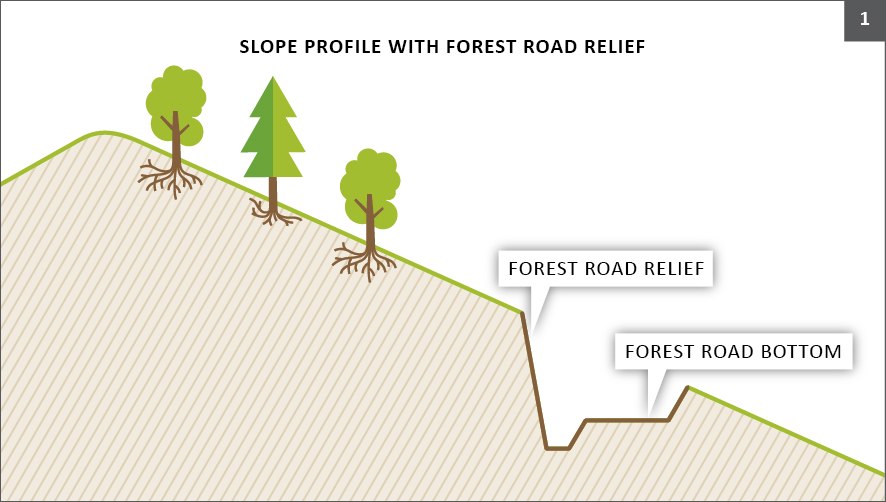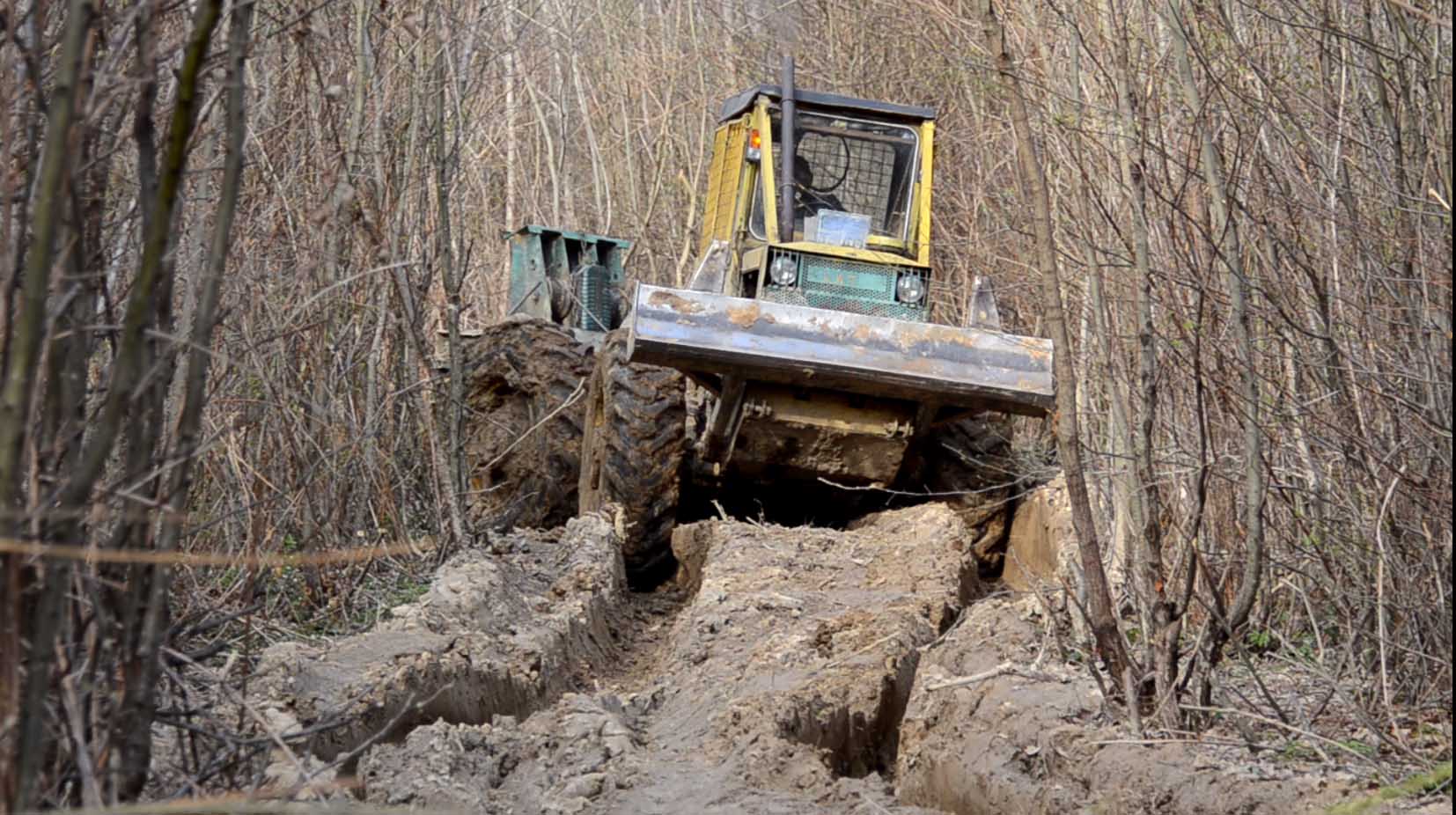


In 1940s, draining canals started to be built in Slovak lowlands. They make the water which has soaked into the fields run off through the broken pores in the canal walls, leaving the canal empty. Thus, surrounding fields are drained as deep as the bottom of the said canal all the way along the canal.
It is from this period that climatologists have started to note the major increase of the Earth’s surface temperature.
Since human activities lead to the draining of rainwater off the agricultural land, groundwater levels are dropping even below the level of the canal bottom.
Fast water runoff from fields also causes rapid drying of the soil. It is not uncommon that we see a field drenched when it is raining and, just a few days later, we can see the very same field overdried.


Professor .... Lapin, Climatologist:
“After 1987, average air temperature grew considerably even in Eastern Europe and the highest temperature records have been occurring 5-times more often than the lowest temperature records.”
My observations indicate that drainage, drying and overheating of agricultural land represents one of the two main causes of the excessive increase of extreme temperature events in the last three decades.



On man-made slopes, soil dries out from the top downwards. Upper soil layers are already drained and completely dry. Water runs off from the forest above the slope through broken pores in the slope. This is a clear example of the way we are gradually draining our forests - irreplaceable reservoirs of drinking water for fauna and flora on our planet.
Mountains and hills slashed by forest roads and man-made slopes above them are thus sentenced to gradual draining, with fertile soil being washed away and all living organisms dying. Such hills are unable to retain one drop of water – the water which will be sorely missed by the slope as far as 100 m above the forest road and by the entire forest alike. Regardless of whether we are talking about coniferous or broad-leaved forests, broken pores will dry any of them.And we go further, slashing even the areas where logging is not done due to the steepness of the slopes. Road and highway construction sites illustrate this perfectly – we do not even think about the retaining of water in soil here. Instead, we are doing our best to get rid of it as quickly as possible, forming ideal conditions for the water to run off.

“Simulation of rain above a man-made slope” - Measurements

The experiment carried out at a number of places in forests has proven that man-made slopes contribute to floods. A slope (similar to the ones left at the road building sites after the construction works are completed) was created in a hilly terrain and we simulated rain in the area above this slope. The water which would normally soak into the ground through capillaries was discharged through the broken capillaries in a man-made slope instead, thus draining the forest above the slope. As much as 71% of the total volume of simulated precipitation was discharged.
01New forest roads grow in numbers daily. As do the side ditches which swiftly drain the rainwater into the rivers below.
Definition of terms:
Forest road – used for transporting timber by trucks
Logging tracks – used for hauling timber by horses or heavy equipment to the forest road
02Additionally, side ditches are added to the existing forest roads where they were originally not designed.
03Logging tracks used for timber hauling by tractors turn into wide trenches that also drain rainwater into the ditches by the forest roads and ultimately into the rivers.
04Tractors and other heavy equipment which haul timber off the logging roads make deep tracks which swiftly drain the rainwater via logging tracks, then forest road ditches and into the rivers.
Causes of floods
- New forest roads grow in numbers daily. As do the side ditches which swiftly drain the rainwater into the rivers below.
- Additionally, side ditches are added to the existing forest roads where they were originally not designed.
- Logging tracks used for timber hauling by tractors turn into wide trenches that also drain rainwater into the ditches by the forest roads and ultimately into the rivers.



















